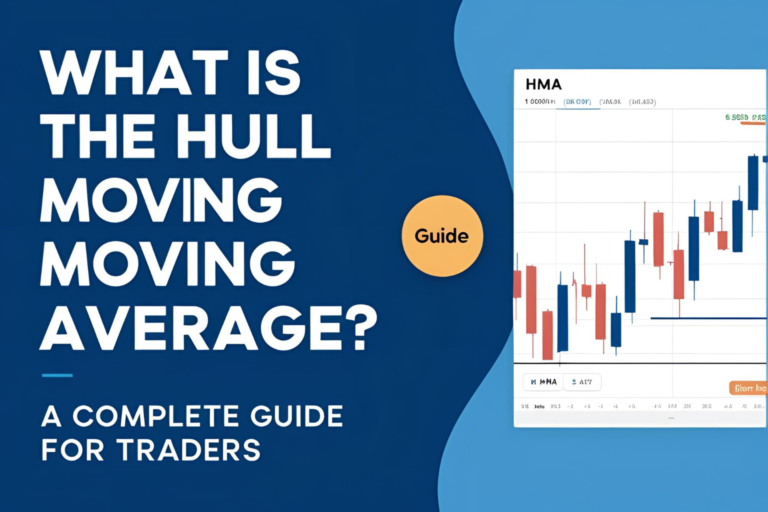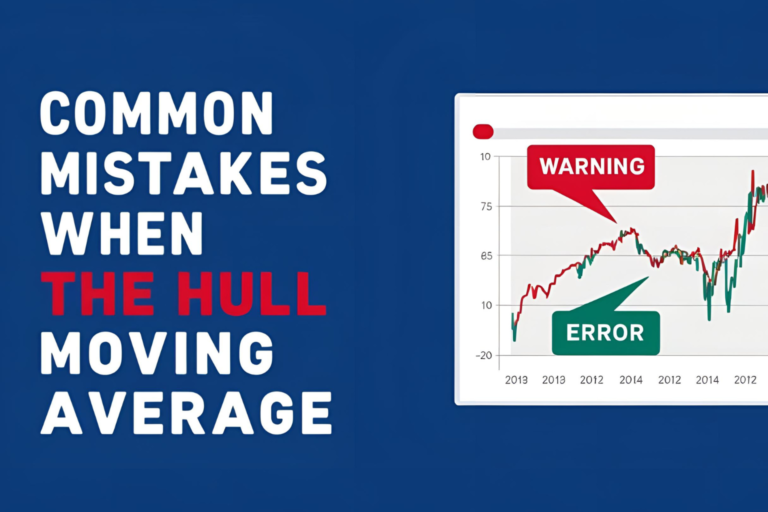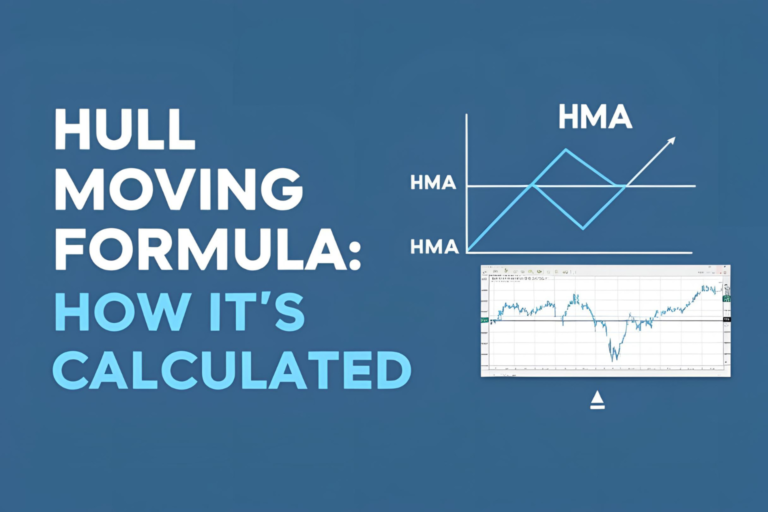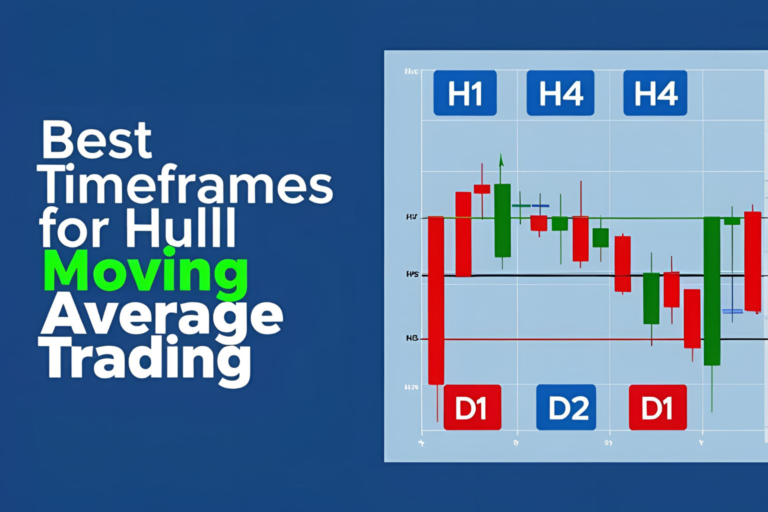Is the Hull Moving Average a Leading or Lagging Indicator?
When traders evaluate moving averages, one of the first questions they ask is:
“Is this a Hull Moving Average a Leading or Lagging indicator?”
With the Hull Moving Average (HMA) known for its speed and smoothness, many wonder whether it qualifies as a leading indicator. This article clears up the confusion by explaining the nature of HMA and when to use it in your trading.
What Hull Moving Average a Leading or Lagging Indicators?
- Leading indicators attempt to predict future price movement before it occurs (e.g., RSI, Stochastic)
- Lagging indicators follow price and confirm trends after the move begins (e.g., SMA, EMA, MACD)
Most moving averages are lagging, because they rely on historical price data — but the HMA is unique in how it reduces lag.
So, Is the Hull Moving Average Leading or Lagging?
✅ Technically, the Hull Moving Average is a lagging indicator — it is based on past price data, like all moving averages.
❗️ However, due to its advanced calculation using Weighted Moving Averages and square root smoothing, the HMA responds much faster than traditional MAs. It feels almost like a leading indicator in real-time use.
This makes HMA excellent for early trend detection without the choppiness of true leading indicators.
Why the HMA Appears to “Lead”
- Fast reaction to price changes
- Reduced lag compared to EMA and SMA
- Smooth transitions allow better entry timing
Traders often notice HMA turning or changing slope before price makes a big move, giving it a “leading effect” — even though it’s technically still a lagging tool.
When to Use HMA
- For trend-following strategies
- To identify reversals sooner than other MAs
- In combination with leading indicators like RSI for better precision
Best Practices
- Don’t use HMA in isolation — pair it with price action or momentum indicators
- Use it in trending markets for best results
- Avoid expecting it to predict tops/bottoms — use for confirmation, not forecasting
Conclusion
While the Hull Moving Average is technically a lagging indicator, its design gives it an edge in responsiveness, often making it feel like it leads the market. It’s one of the best tools for traders who want smoother trend confirmation without excessive delay. Use it wisely, and you’ll gain clearer insights into trend direction and momentum.
FAQs
1. Why do some traders call HMA a leading indicator?
Because it reacts faster than traditional moving averages, giving the illusion of leading price.
2. Is HMA faster than EMA or SMA?
Yes. HMA reduces lag more effectively and smooths price action better.
3. Can I use HMA to predict market tops and bottoms?
No. Like all MAs, it confirms trends, but it’s not designed for forecasting reversals.
4. Is HMA good for momentum trading?
Yes. Its fast response makes it suitable for short-term and intraday momentum setups.
5. Should I combine HMA with a true leading indicator?
Absolutely. HMA + RSI or HMA + MACD makes a powerful combination.





